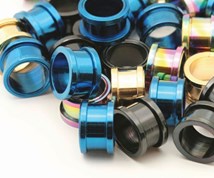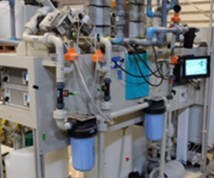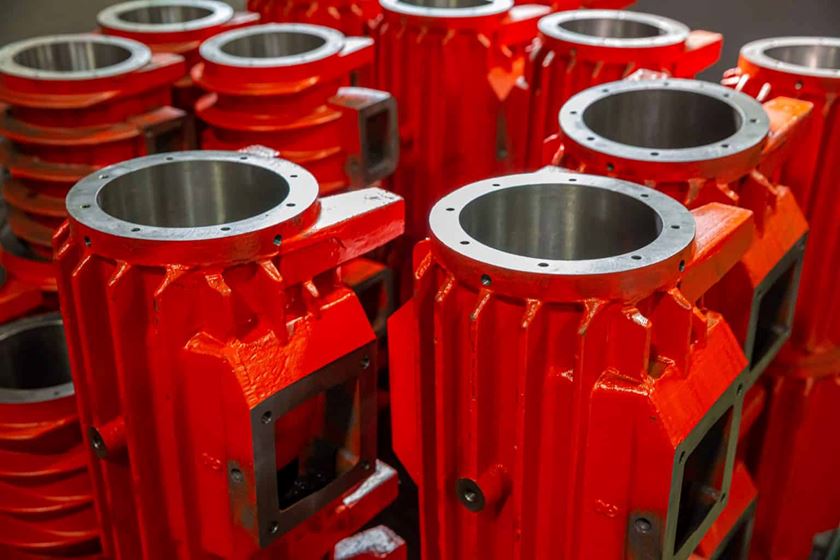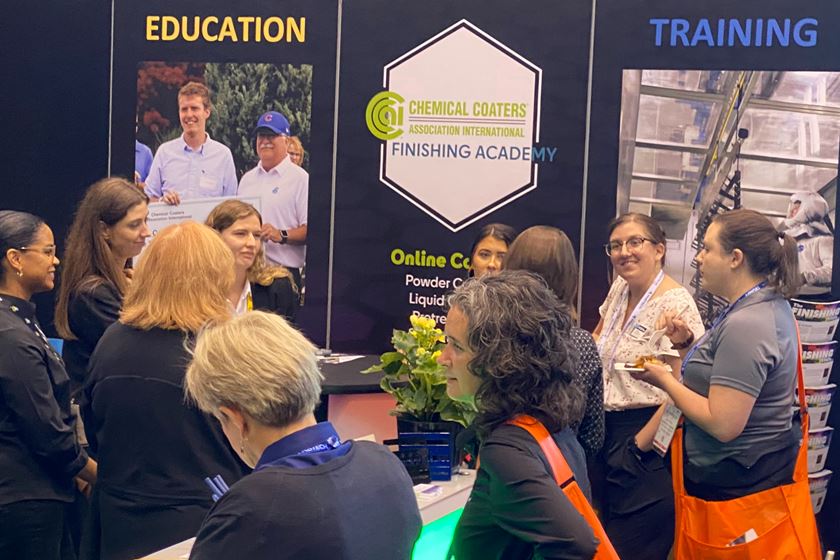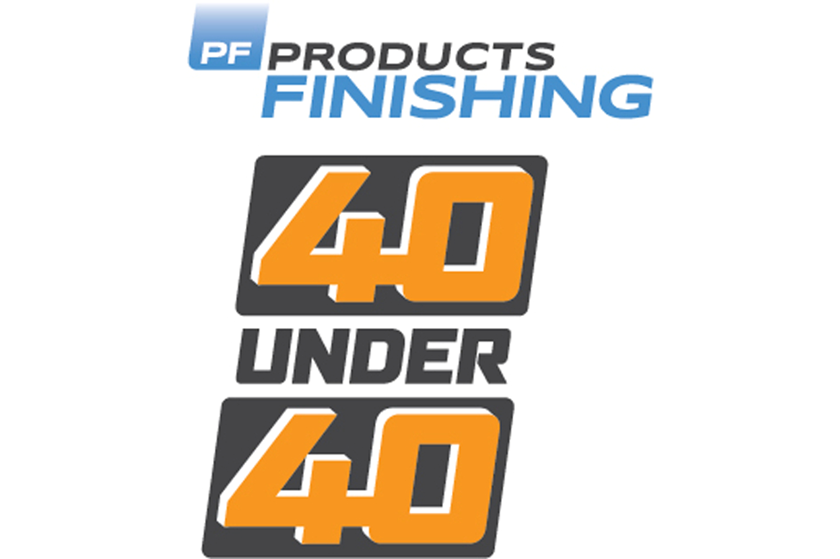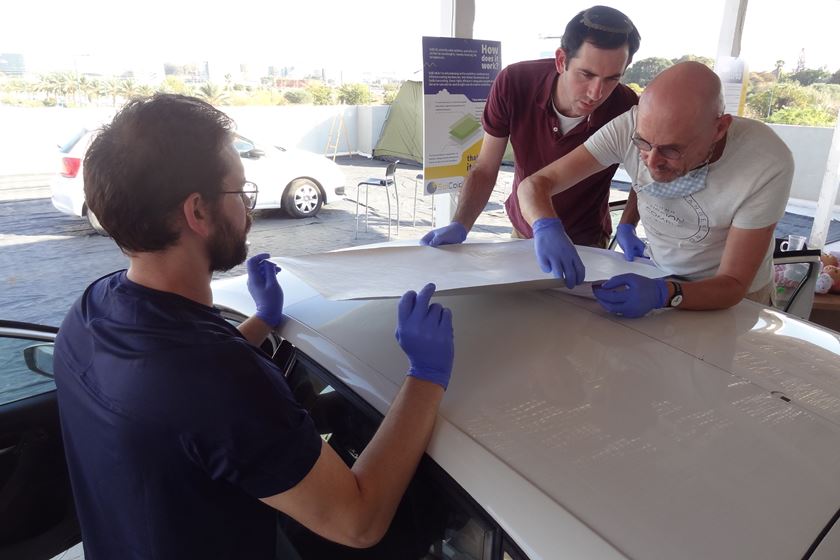Choosing the Best Strike Chemistry
Q. How do we ensure we have the best available strike chemistry for our plating application? Coventya’s Brad Durkin explains how process and the sequences are an important metric to success.
#racking
Q. How do we ensure we have the best available strike chemistry for our plating application?
A. For the majority of plating applications, the preparation process and the sequences used for making surfaces plate-able is an important metric and measurement of success. The strike chemistry can be the difference between success and failure of the final plating application.
Featured Content
There are many variations on the types of strike chemistries used and recommended by applicators, based on different experiences across the industry. There are also industry specifications such as ASTM and AMS references that provide some guidance on strike chemistry options. The following information is based on my own experience with strikes.
Sometimes the term “strike” is confusing, as there are many reasons to “strike a surface” that can be misrepresented. The benefits of a strike-plating layer can include the following:
- To prevent the surface of substrates from being attacked by the plating electrolyte.
- To stop the formation of immersion deposits, which can cause poor adhesion.
- To prevent contamination of the next plating electrolytes used in the sequence.
- To provide a good base layer for improving corrosion resistance on later electroplated deposits.
- To activate the surface of the substrate for improved adhesion.
Activating strikes are often recommended prior to plating processes to improve adhesion on difficult-to-plate substrates, including high-strength alloys, some high-carbon alloys, 300 series stainless alloys or other nickel-chromium-type alloys. These activating strikes work by removing and replacing surface oxides with a displacement metal that does not easily oxidize. By design, these chemistry types provide low cathode efficiencies, operating at very low pH values (typically less than pH 1) in which a lot of hydrogen gas is generated at the cathode (part) surface that serves to activate the substrate.
Most common are strike chemistries based on nickel formulations that act as an additional electrolytic activation step in the process. The different types offer both strengths and weaknesses, depending on the application.
|
Copper Strike Formulation Zinc Die Cast or Aluminum |
||
|
Constituent/Condition |
Concentration/Range |
Comment |
|
Copper metal |
15–20 g/L |
|
|
Potassium-free cyanide |
10–18 g/L |
|
|
Potassium hydroxide |
1.5 g/L maximum |
|
|
Rochelle salts |
15–30 g/L |
|
|
Operating pH |
9.7–10.0 |
Controlled with sodium bicarbonate |
|
Current density |
25 ASF for 15 seconds, then 5–15 ASF for 3–5 minutes |
Choose highest current density that will not burn parts based on racking/part configuration |
|
Operating temperature |
120–130ºF in barrel 110–120ºF in rack |
|
Another application of the term “strike” refers to metallizing surfaces with a layer to make the part surface catalytic for subsequent electroplating or providing some additional layer of corrosion protection. Sometimes plating chemistry electrolytes can form immersion deposits on some substrate types that will impede good adhesion. A strike chemistry is applied to a surface to stop the immersion deposit process. Leaded steels or leaded brass components, often coming from complex-shaped machined parts, benefit from application of a Watts or sulfamate nickel layer to strike their surfaces. Such benefits include improving the catalytic nature of the part or lessening the negative impact from smeared lead on its surfaces, or overcoming de-zincification of the alloy of the brass from too-aggressive acid activation in the preparation sequence.
More traditionally, strike chemistries are applied to protect the substrate from some type of chemical attack, since many plating chemistry formulations are aggressive on certain substrates. A good example of this is in plating zamak zinc die cast. Here, traditional copper cyanide plating formulations, designed to plate to a thickness of 5 to 12 microns of copper deposits, will attack the zamak substrate unless a low-alkalinity/high-throw strike chemistry is used as the first protective layer. For this application, using between 0.75 and 1.25 microns of strike copper prior to the build copper plating formulation protects the zinc die cast surface from attack. Unwanted substrate attack can be the root cause of plating defects including blistering and poor adhesion.
Another example is plating aluminum substrates with high-phosphorus deposits from electroless nickel solutions (HPEN) to provide corrosion protection, where zinc displacement coatings (zincates) are applied to the aluminum surface during the preparation process. The zincate application replaces naturally occurring aluminum oxides for maximizing the adhesion of subsequent plated layers. Since HPEN solutions are mildly acidic at 4.8 pH values, the dissolution of the zinc from the zincated aluminum surface builds up in the HPEN and at 100 mg/L acts as contamination to the chemistry. This contamination causes deposit defects and a reduction in the HPEN solution’s performance.
To overcome these negative results, specially designed electroless strikes based on alkaline chemistry and operated at pH values of 9.0 can be used in the plating aluminum process. The strike chemistry does not have the same attack force on the zinc surface and, by design, has a much higher solution tolerance for zinc. More importantly, the strike protects the HPEN chemistry from having too much zinc contamination, which is detrimental to its performance and longevity in obtaining the maximum number of metal turnovers. Copper strikes also are used over zincated aluminum surfaces, but for electroless nickel, an additional activation step is necessary for the copper-plated surface, so these types of strikes are not recommended. For subsequent electrolytic plating, this is not an issue, however, and the benefits outweigh the detriment.
A good copper strike chemistry based on a potassium cyanide formulation in these applications for plating zamak (zinc die cast) or zincated aluminum is shown in the table on the facing page. Other variations of copper strike chemistry exist for plating ferrous or brass alloy substrates, but the primary difference is higher alkalinity formulations to increase solution conductivity and speed of deposition. Today, there are also some non-cyanide copper formulations based on proprietary chemistry that can be used to meet the requirements of these applications, especially when a facility’s cyanide use is restricted.
Look for a story on nickel strikes in an upocoming issue of Products Finishing.
Brad Durkin is the director of international product management at Coventya Inc. Visit coventya.com.
RELATED CONTENT
-
How to Apply the 720 Rule to Current Density Anodizing
What can you tell me about the 720 Rule as it applies to current density anodizing? Plating expert Sjon Westre, Ph.D., from Chemeon, answers this question.
-
Are Burn-Off Ovens Safe?
Steelman Industries’ Carlton Mann says burn-off ovens are safe, and he offers some considerations for installing one.
-
Troubleshooting 5 Common Racking Problems for Platers
Being aware of usual issues that might occur during the plating process will prepare platers by helping them know how to avoid them all together or how to fix them if they happen.



